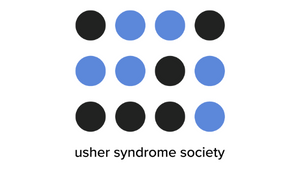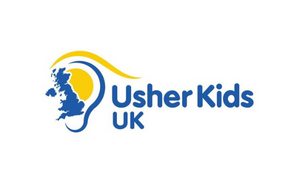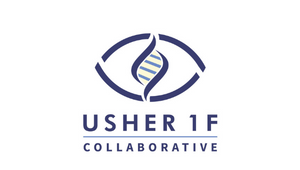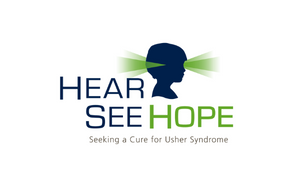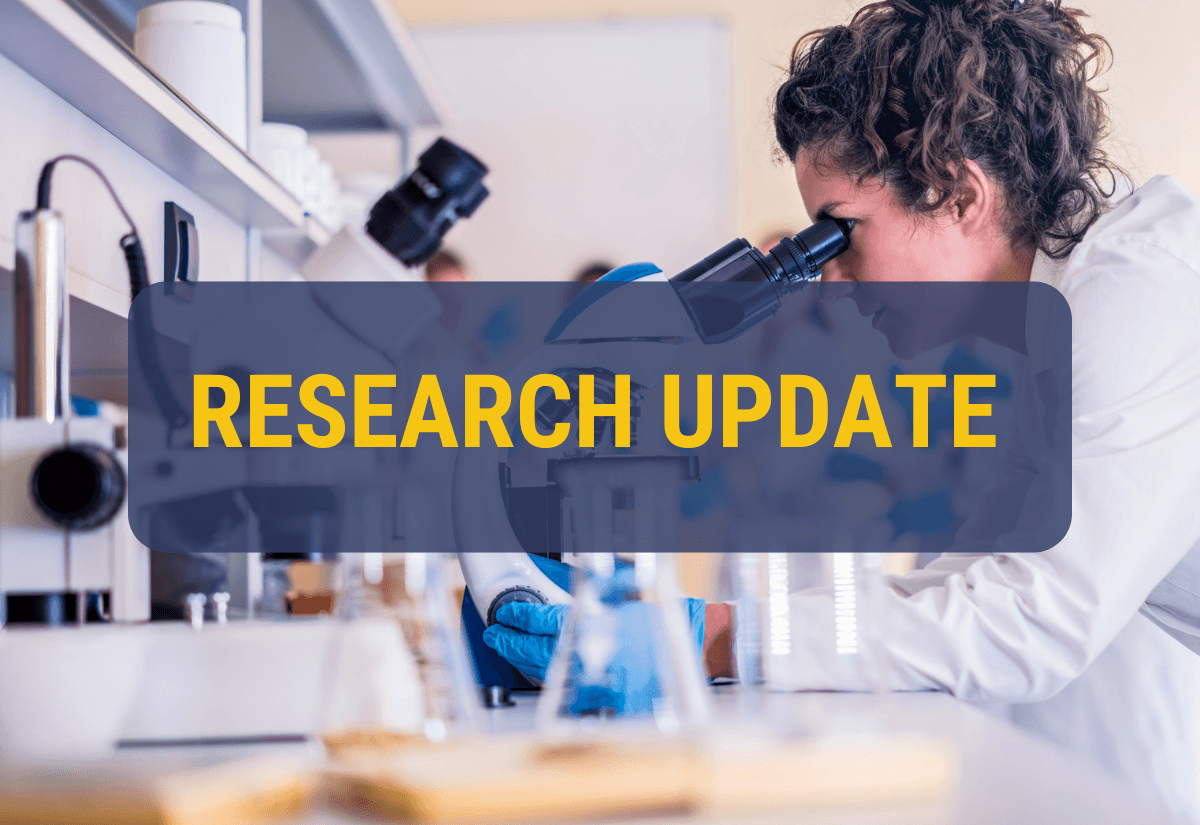
Scientists at Regeneron have created a gene therapy, DB-OTO, that uses a harmless virus (AAV) to deliver a healthy copy of the OTOF gene, a gene needed for hearing, into the inner ear. In a recent trial, this potential therapy improved hearing in 10 out of 11 children born with severe deafness due to OTOF mutations.
How It Works
The OTOF gene makes a protein called otoferlin, which helps inner ear cells send sound signals to the brain. Genetic changes in OTOF stop this protein from working, causing deafness. DB-OTO uses an AAV (a virus modified to carry healthy genes) to deliver a working OTOF gene directly into ear cells during surgery. This helps the cells produce otoferlin again, restoring hearing.
Trial Results
- 12 children (ages 10 months to 16 years) received DB-OTO. Nine had one ear treated; three had both ears treated.
- 10 of 11 children showed better hearing at various sound levels, and three reached “nearly normal” hearing after six months.
- A baby treated at 10 months old began reacting to sounds within weeks and later recognized words like “mommy” and “airplane” without lip-reading.
Safety
The treatment was safe, and most children responded well.. All side effects (like dizziness or nausea) were mild and faded quickly.
What this means for the Usher syndrome community: Although DB-OTO targets OTOF-related deafness and not Usher syndrome specifically, this success is a major step forward for gene therapies that could help Usher patients. Usher syndrome involves errors in genes like MYO7A, USH2A, or CLRN1 that affect both hearing and vision. The AAV-based approach used here safely delivers healthy genes to replace faulty ones., This therapeuticy approach could be adapted for Usher-related genes in the future.


